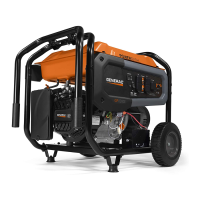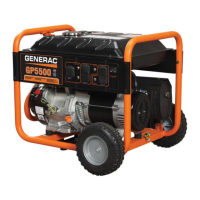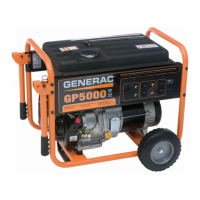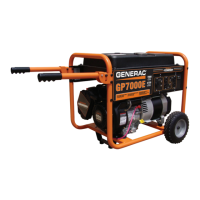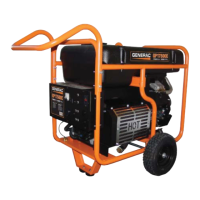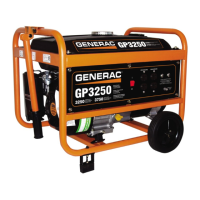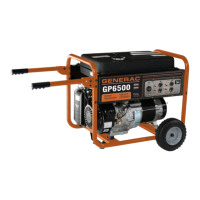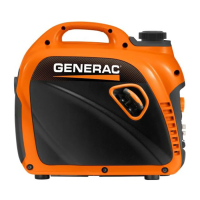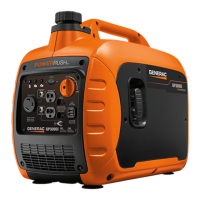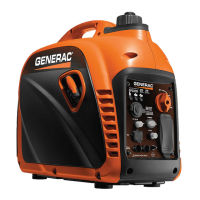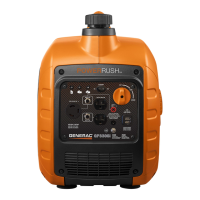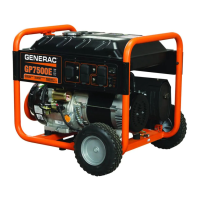Section 2 Engine DC Control System
22 Diagnostic Repair Manual
Circuit Condition - Run
Once the engine has started, the start-run-stop switch
(SW1) is released and returns to the RUN position. At
this point SW1 is not activated. This action will de-
energize the starter contactor relay (SCR) causing the
starter motor to disengage.
The printed circuit board holds wire 229 to ground. This
action holds the start stop relay (SSR) energized. With
the SSR energized, wire 14 maintains 12 VDC to the fuel
shutoff solenoid. Once the voltage regulator starts
functioning the field boost circuit is no longer a factor in
operation. With the SSR energized, wire 15B maintains
12 VDC to the printed circuit board. With the SSR
energized, wire 18 is not grounded and the magnetos
continue to produce voltage to the spark plug.
The two independent battery charge windings are now
producing AC voltage and supplying this to BCR1 and
BCR2. The AC voltage is rectified through BCR1 and
used to supply DC voltage to the 12 VDC accessory
outlet. The AC voltage is rectified through BCR2 and
used to supply DC voltage to the battery for battery
charging.
The printed circuit board is supplied with AC voltage from
wires 11S and 22S. This voltage, frequency signal is
used by the printed circuit board for governor control
operation.
When the idle control switch (SW2) is activated to the ON
position, wire 83 from the printed circuit board will be
connected to wire 0 frame ground. There are two idle
control transformers (ICT) that sense current flow off the
main power windings. The voltage signal from the ICT’s
connect to the printed circuit board via wires TR1/TR2
and are used for sensing load on the generator. With no-
load on the generator there is no current supplied from
the ICT’s and the engine will run at a lower RPM. When a
load is applied to the generator, the ICT’s supply a
voltage signal to the printed circuit board and the engine
RPM will be increased to running RPM, approximately
3600 RPM.
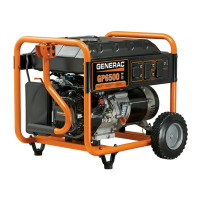
